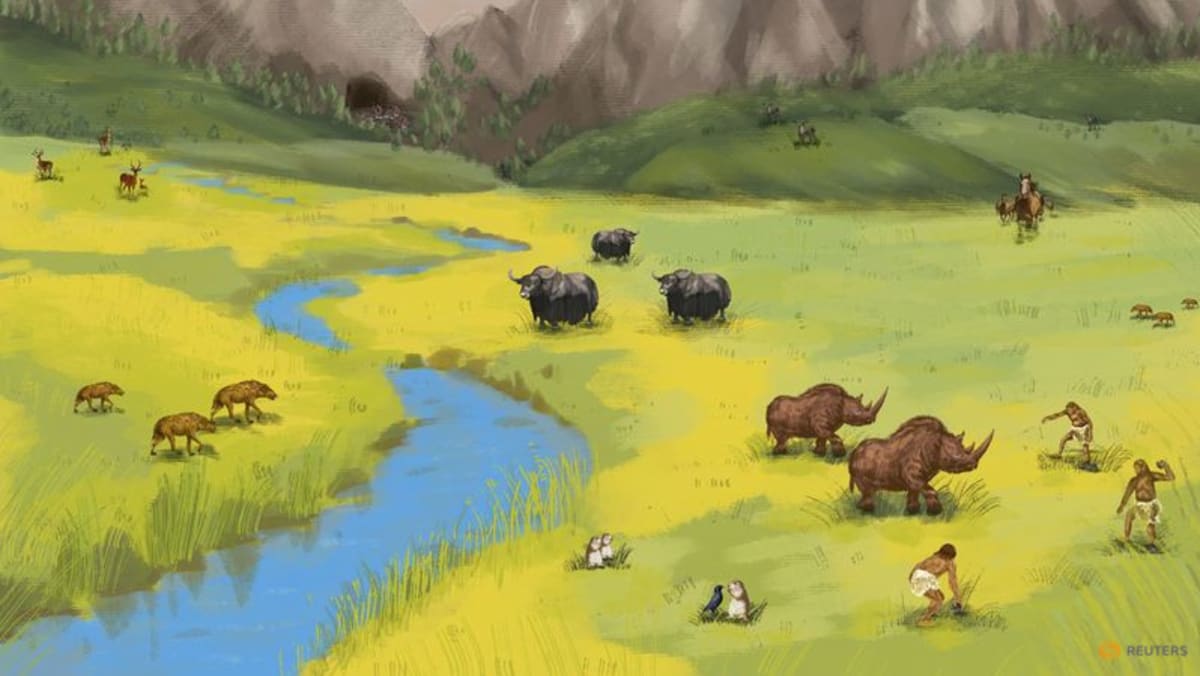Denisovans are known only from dental remains and bone fragments from the Baishiya Karst and Denisova caves and Cobra Cave in Laos, though their existence at those three far-flung locations demonstrates a wide geographic dispersal.
Their presence at a high latitude in Siberia, a high altitude on the Tibetan Plateau and a subtropical location in Laos “implies that Denisovans had high flexibility to adapt to different environments,” Zhang said.
A lower jaw of a Denisovan adolescent previously found at Baishiya Karst is 160,000 years old. The researchers suspect Denisovans were present there as far back as 200,000 years ago. The newly identified rib fragment shows that Denisovans still existed as recently as 48,000-32,000 years ago.
“We don’t know if the rib was from an adult or a child, nor its genetic sex. It is the first time a rib specimen has been identified as a Denisovan. Previous remains are all dental or cranial or mandibular (lower jaw),” Welker said.
Our species, Homo sapiens, did not populate the Tibetan Plateau until about 40,000 years ago, having first appeared in Africa a bit more than 300,000 years ago.
So what happened to the Denisovans?
“Great question. We know so little,” Welker said. “We know that Denisovans interbred with modern humans. We know that based on some Denisovan DNA that is present in the genomes of some modern humans living today. But when, where and why Denisovans ultimately went extinct, that we don’t know anything about.”













